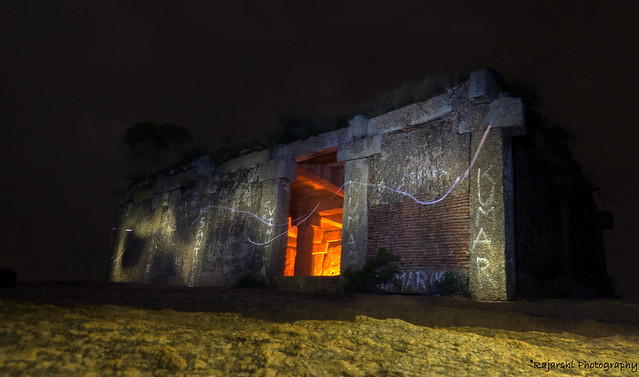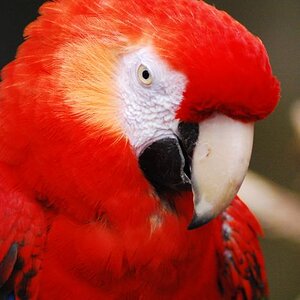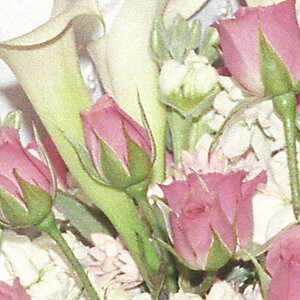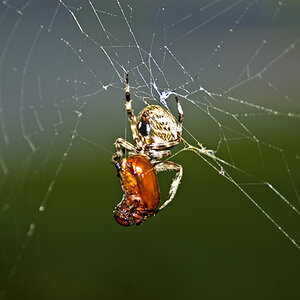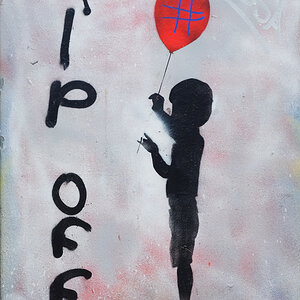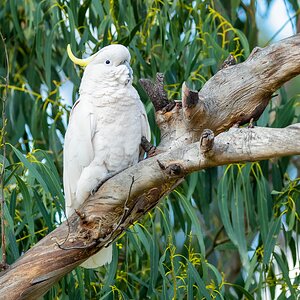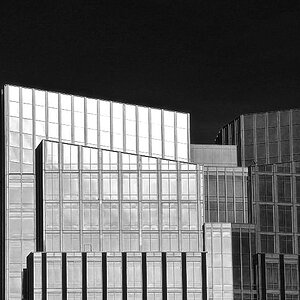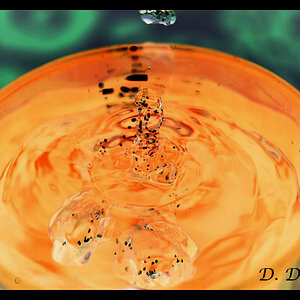Machale.luke
TPF Noob!
- Joined
- Jul 5, 2015
- Messages
- 8
- Reaction score
- 1
- Can others edit my Photos
- Photos OK to edit
Hello, I am trying to get into photography but I cannot seem to decide which (a dslr or a bridge camera) is righr for both my uses and my needs. Here they are:
-night photography (mostly landscapes with stars)
-night exposures
-landscapes
-macro
-occasional animal shot or moon shot
-need a viewfinder
-only going to post on social media and print smalls occasionally
-under 500 for camera and a lens of dslr
I know a tripod is a must for the night photography, so discount that factor.
Based on my needs and uses which style of camera would you recommend?
Thanks in advance!!
-night photography (mostly landscapes with stars)
-night exposures
-landscapes
-macro
-occasional animal shot or moon shot
-need a viewfinder
-only going to post on social media and print smalls occasionally
-under 500 for camera and a lens of dslr
I know a tripod is a must for the night photography, so discount that factor.
Based on my needs and uses which style of camera would you recommend?
Thanks in advance!!



